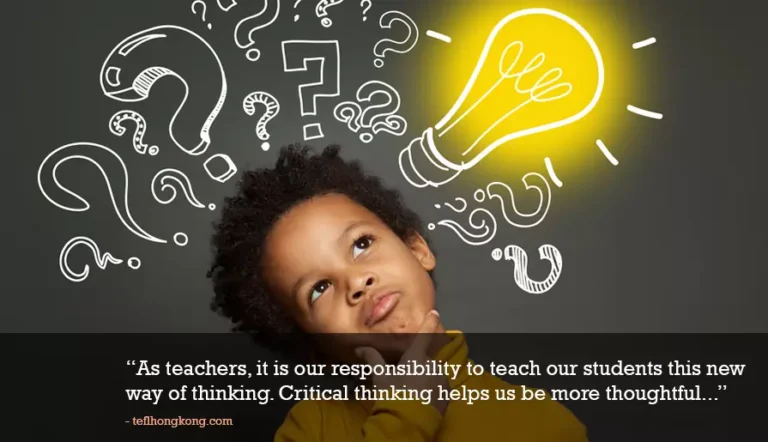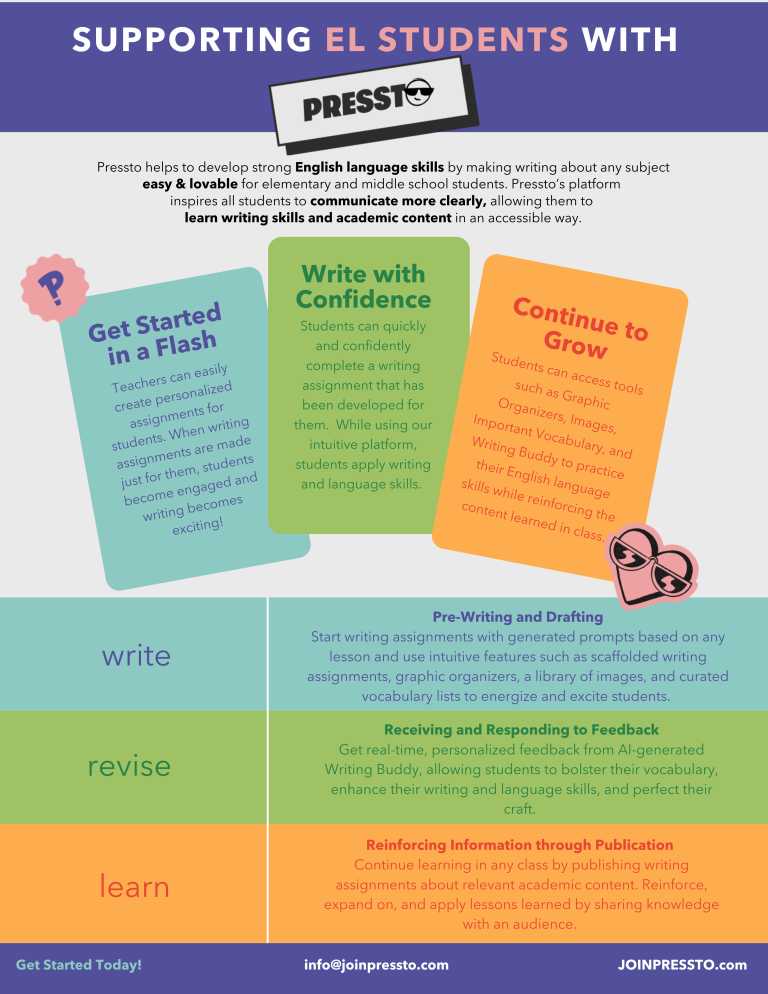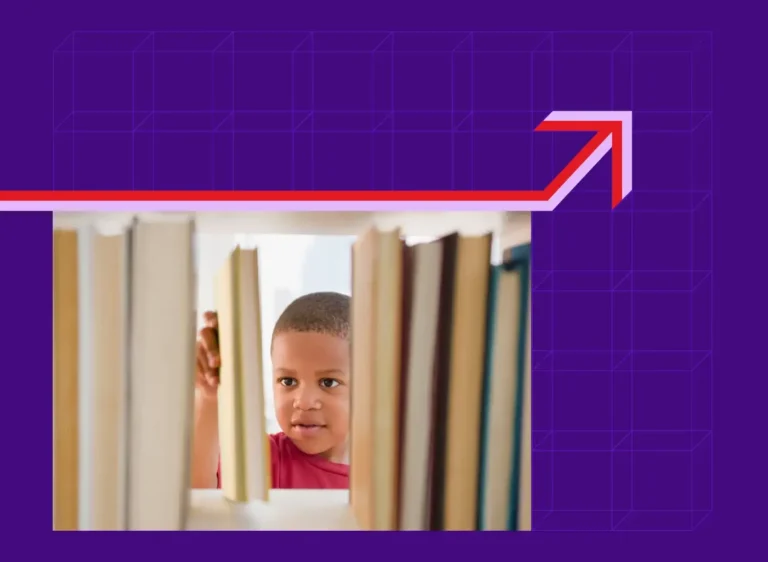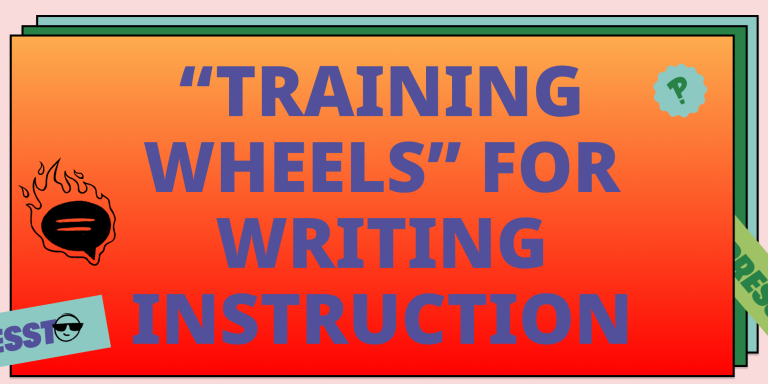Beyond Words: Unleashing the Power of Multimodality in Writing
In the digital age, writing has transcended the confines of pen and paper, embracing a multitude of communication modes. Multimodality in writing refers to the seamless integration of various media, such as images, audio, video, and interactive elements, to enhance meaning and engage audiences in new and exciting ways. In this blog post, we embark on a journey to uncover the remarkable potential of multimodal writing, where words converge with visuals, sounds, and interactivity to create a captivating tapestry of communication.
The Rise of Multimodal Writing: A Symphony of Senses
Traditional writing relied solely on the power of words to convey messages, but the advent of digital technology has transformed the landscape of communication. Multimodal writing allows writers to appeal to multiple senses simultaneously, creating a more immersive and engaging experience for readers. Through a seamless fusion of text and media, writers can evoke emotions, enhance understanding, and forge deeper connections with their audiences.
Visual Storytelling: A Picture is Worth a Thousand Words
Images hold immense storytelling potential, complementing the written word with visual cues and evocative symbolism. Whether it’s a poignant photograph, an illustrative diagram, or an attention-grabbing infographic, visuals can breathe life into written content, making it more accessible and memorable. Visual storytelling transcends language barriers, allowing writers to communicate with global audiences in a universal language of images.
The Power of Sound: Adding a Sonic Dimension
Audio elements infuse writing with a sonic dimension, enabling writers to convey emotions, set the mood, or create a powerful narrative atmosphere. From background music in podcasts to audio clips in articles, sound enriches the reading experience and leaves a lasting impression on the audience. It is through the combination of words and sound that writers can evoke empathy and forge deeper connections with their readers.
Lights, Camera, Action: The Impact of Video
Video is a compelling medium that captivates audiences with moving images, dynamic storytelling, and the power of human expression. By incorporating video elements into writing, authors can provide tutorials, interviews, or documentaries that complement their written content. Video creates a powerful synergy with words, enriching the overall message and sparking interest in a way that traditional writing alone cannot achieve.
Interactivity: The Reader Becomes a Participant
With interactive elements, readers transition from passive observers to active participants in the narrative. Whether it’s clickable infographics, interactive quizzes, or immersive virtual experiences, interactivity engages readers on a deeper level, promoting deeper understanding and knowledge retention. Interactive writing empowers readers to explore content at their own pace, making the learning process more enjoyable and personalized.
Accessibility and Inclusivity: A Multimodal Approach
Multimodal writing also plays a vital role in enhancing accessibility and inclusivity. By presenting information through various modes, writers can cater to diverse learning styles and individuals with disabilities. For instance, incorporating audio descriptions with visual content enables visually impaired individuals to fully engage with the material. Embracing multimodality ensures that everyone has an equal opportunity to access and benefit from the written content.
Conclusion
As we journey into the realm of multimodal writing, we discover a vast landscape of creative possibilities that enhance the art of communication. The fusion of words with images, audio, video, and interactivity creates a symphony of sensory experiences, enriching understanding, and sparking deeper engagement with the audience.
Multimodal writing expands the horizons of expression, allowing writers to reach diverse audiences and forge lasting connections across cultures and languages. As technology continues to advance, the world of writing will continue to evolve, transcending the boundaries of traditional text and venturing into a future where communication is a truly immersive and transformative experience. Let us embrace the power of multimodality and celebrate the new era of expressive, captivating, and accessible writing.







